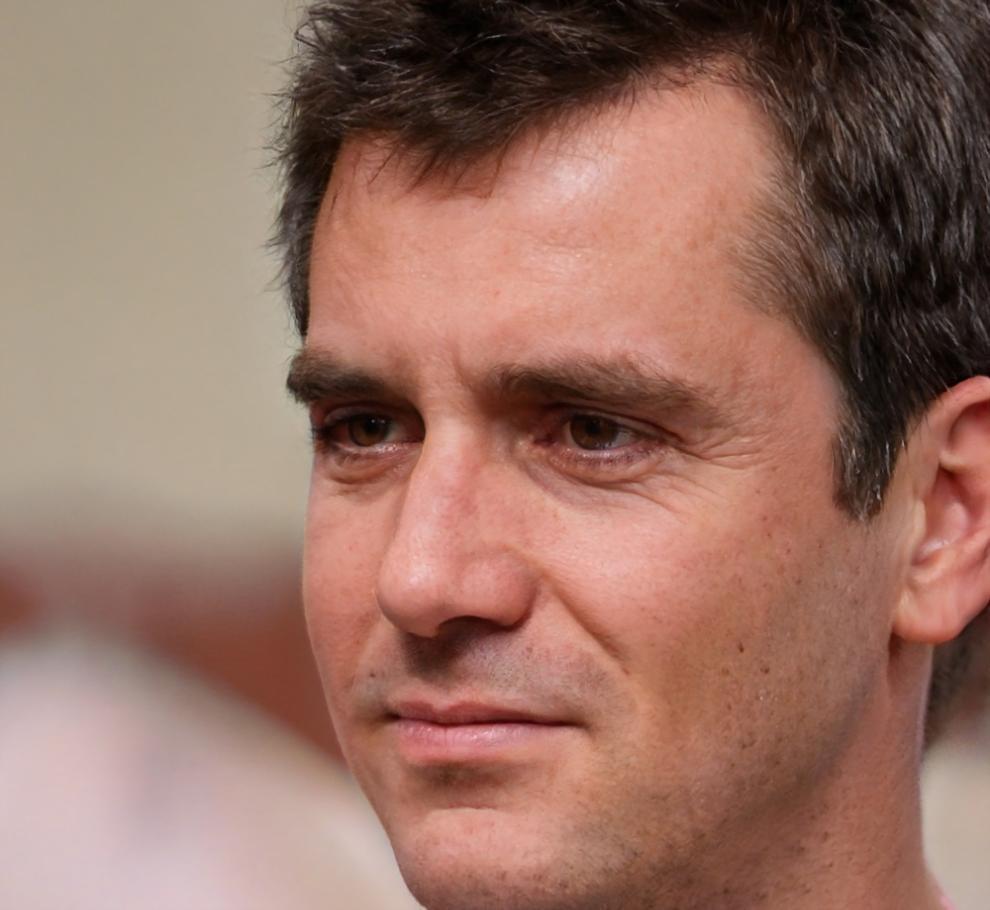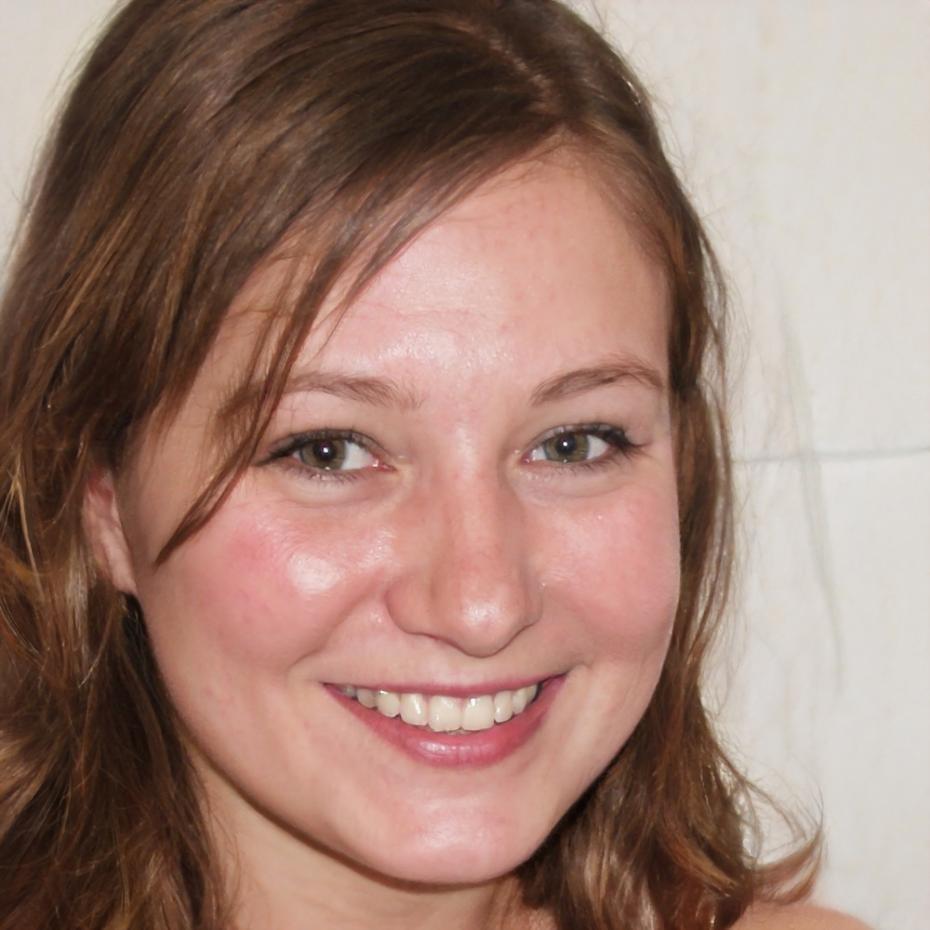What You'll Learn Over Six Months
Starting September 2025, we walk through budget software from setup to advanced automation. Each phase builds on the last, so you're not stuck wondering how pieces fit together.
-
Foundation Setup
Connect accounts, categorize expenses, and build a system that matches how you actually spend money. Not some financial advisor's ideal version.
-
Cash Flow Patterns
Identify where money goes each month and spot the leaks. Most people discover three or four expenses they forgot existed.
-
Forecasting Techniques
Build projection models for quarterly expenses and irregular costs. No more scrambling when insurance comes due or the car needs repairs.
-
Automation Workflows
Set up rules and alerts that keep your budget current without constant manual updates. The software does the tedious bits while you focus on decisions.

Learn From People Who Use This Daily
Our instructors aren't academics. They're accountants, small business owners, and financial planners who rely on budget software to manage actual money.

Eamon Fitzherbert
Retail Business Owner
Took the course in early 2024 when my bookkeeping was a mess of spreadsheets. Now I can pull monthly reports in about ten minutes and actually understand my margins. The forecasting section saved me during a slow quarter.

Saskia Lundqvist
Freelance Designer
The irregular income module was exactly what I needed. Before this, budgeting felt impossible with project-based work. Now I've got a buffer system that actually works when client payments come late.

Small Groups, Real Questions
Maximum 12 participants per cohort means instructors actually see your screen when you're stuck. We pause for questions because software never works perfectly the first time.
Weekly office hours with instructors who remember your specific budget challenges. Bring your laptop and work through whatever's confusing you.
Access to course materials and software tutorials for twelve months after completion. Budget questions don't stop when the program ends.